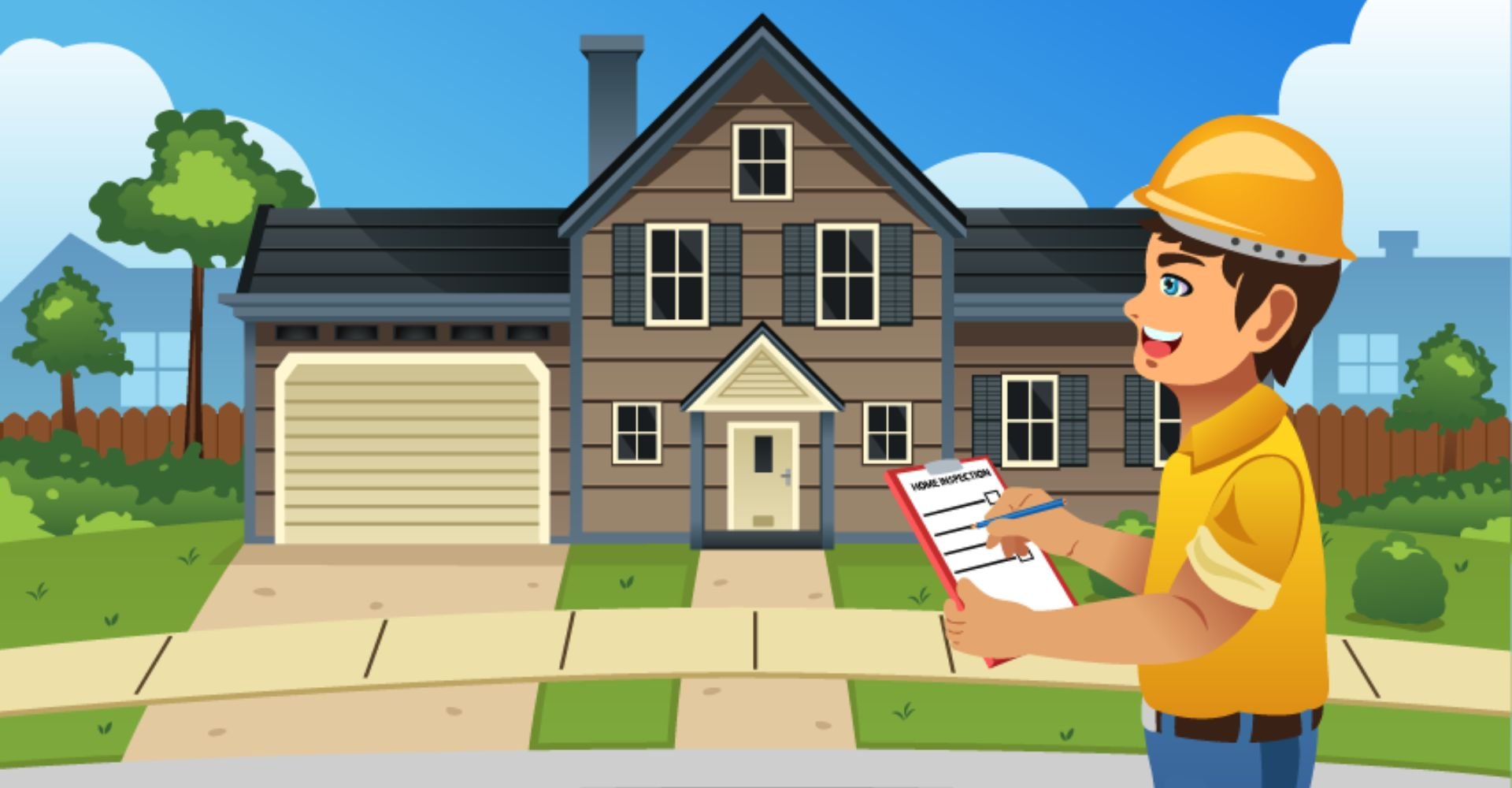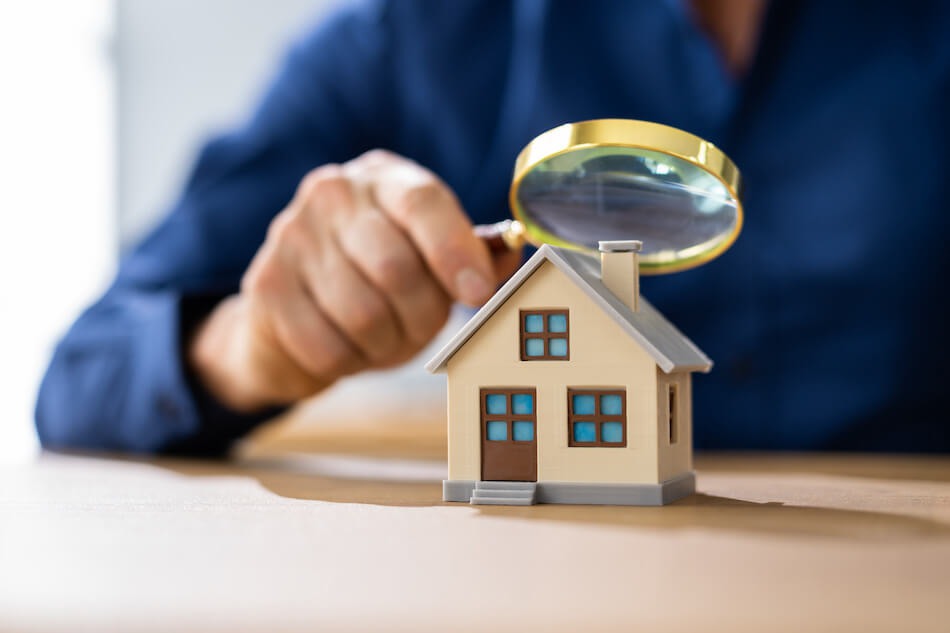What to Anticipate From Home Evaluation: a Comprehensive List and Its Significance
Comprehending what to get out of a home evaluation is crucial for both purchasers and sellers in the property market. A detailed examination offers a thorough list that examines key parts such as architectural stability, significant systems, and total residential or commercial property problem. This procedure not just discloses prospective hidden problems but likewise plays a substantial duty in negotiating reasonable terms (Home Inspection Lockhart). As we check out the ins and outs of this list and its broader ramifications, it comes to be clear that the risks are high-- exactly how can you ensure you are well-prepared wherefore lies in advance?

Relevance of Home Inspections
The relevance of home examinations can not be overemphasized, as they offer as a crucial secure for both customers and sellers in the property market. For buyers, a home inspection supplies a neutral assessment of the residential property's condition, disclosing prospective issues that may not be noticeable during an informal walkthrough. This process helps customers make informed decisions and discuss repairs or price changes prior to closing, inevitably protecting their financial investment.
On the other hand, vendors can take advantage of home inspections by attending to problems proactively before noting their building. This can enhance the home's marketability and potentially expedite the sales procedure. A pre-listing inspection can also impart self-confidence in possible customers, as it demonstrates transparency and a dedication to preserving the property.
In addition, home assessments add to the general safety and security and habitability of domestic buildings. In summary, home assessments are an important element of actual estate deals, providing vital understandings that cultivate trust fund and transparency amongst all parties included.
Key Components of the Checklist
An extensive home evaluation list encompasses several vital parts that make certain a detailed assessment of a home's condition. The very first component is the structural honesty, that includes the examination of the structure, wall surfaces, and roofing system for any indications of damages or wear and tear. Next, the checklist addresses significant systems such as plumbing, electric, and heating and cooling, examining their capability and safety.
One more vital location is the exterior of the home, which involves inspecting home siding, home windows, doors, and roof covering materials for wear and possible leaks. The list likewise covers indoor aspects, including floor covering, walls, ceilings, and insulation, to recognize any type of issues that may influence convenience or safety and security.
In addition, the checklist often includes an assessment of home appliances, ensuring they remain in good functioning order. The assessment needs to examine outside spaces, including decks, patios, and driveways, to evaluate their problem and safety. Each of these parts plays a vital duty in providing a comprehensive understanding of the residential or commercial property, eventually aiding potential customers in making educated choices about their investment.
Common Problems Found
Frequently, home evaluations reveal a range of concerns that can vary from minor repair work to considerable security issues. One prevalent concern is the presence of water damages, frequently coming from leaky roof coverings, plumbing failures, or not enough water drainage systems. Such damages can lead to mold and mildew growth, which positions wellness risks and might need comprehensive removal.

Another common finding involves electric systems. Out-of-date circuitry, overloaded circuits, or incorrect grounding can create fire threats and necessitate immediate interest. Additionally, issues with cooling and heating systems, such as inadequate upkeep or age-related inefficiencies, can impact convenience and power expenses.
Architectural problems like broken foundations or endangered framework are also often noted. These problems can result in serious repercussions otherwise addressed immediately. Insects such as rats or termites may be found, suggesting the potential for significant residential or commercial property damage.
Lastly, the problem of doors and windows commonly Home Inspection Lockhart comes under examination. Poor seals can cause energy loss, while harmed structures or glass can influence protection and aesthetic appeals. Identifying these common issues throughout a home examination is critical for informed decision-making and ensuring the safety and durability of the building.
Planning For the Examination
Prep work is necessary for an effective home inspection, ensuring that both vendors and customers can browse the procedure anonymous with self-confidence. Begin by scheduling the inspection at a mutually convenient time, permitting appropriate access to the residential or commercial property. For vendors, it is suggested to declutter and cleanse the home thoroughly, as a clean setting can favorably influence the assessor's assessment.

For purchasers, preparing involves assembling a list of specific problems or locations of interest to go over with the assessor. By taking these primary actions, both celebrations can set the stage for a thorough and reliable home examination experience.
Post-Inspection Activities
After the examination is full, both buyers and sellers must take certain actions to resolve the searchings for. For purchasers, the first action is to meticulously examine the inspection report, keeping in mind any significant concerns that might influence their decision. This file acts as an important tool for settlement. Purchasers may request repair work or credit ratings from the seller based upon substantial concerns, such as architectural problems or obsolete systems.
Vendors, on the various other hand, should assess the findings to establish which issues they can address before completing the sale. Dealing with small fixings can enhance the residential property's appeal and possibly result in a higher sale rate. Sellers might select to disclose concerns to potential buyers, promoting transparency and trust fund.
In cases where substantial repair services are needed, both parties may benefit from getting estimates or quotes from qualified professionals. It is necessary for both purchasers and sellers to preserve open lines of communication throughout this process to make sure a smooth transaction.
Verdict
Home examinations offer as an essential element in the genuine estate transaction procedure, guaranteeing an extensive assessment of a residential property's condition. Inevitably, the importance of home assessments can not be overstated, as they promote notified decision-making and contribute to a smoother real estate experience.
For buyers, a home evaluation supplies an impartial evaluation of the residential property's problem, exposing prospective issues that may not be noticeable during a casual walkthrough.On the other hand, vendors can benefit from home assessments by addressing problems proactively prior to providing their property (Home Inspection Lockhart).Frequently, home examinations reveal a range of problems that can range from minor repair work to substantial security concerns. Recognizing these usual problems throughout a home inspection go to website is crucial for educated decision-making and guaranteeing the safety and security and durability of the property
Preparation is crucial for a successful home assessment, making certain that both buyers and vendors can browse the process with confidence.